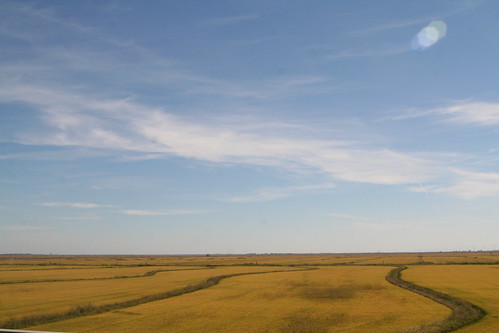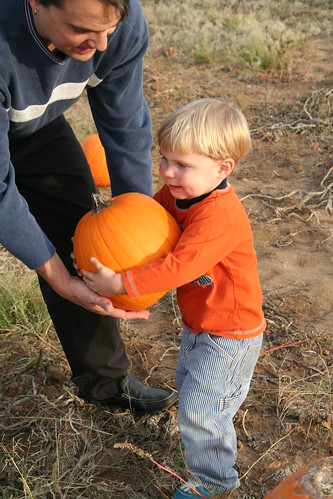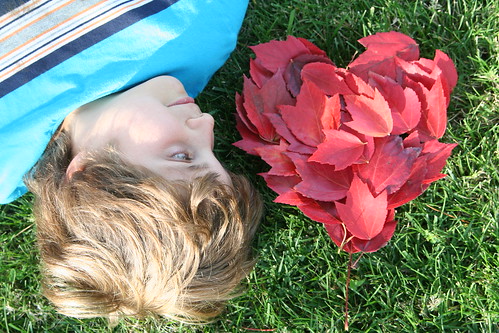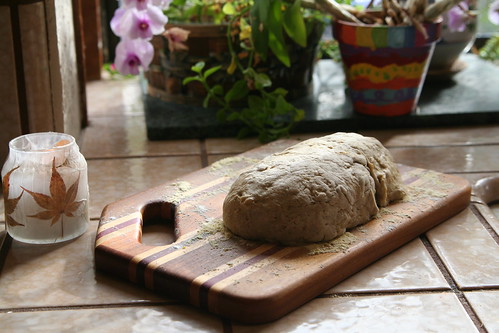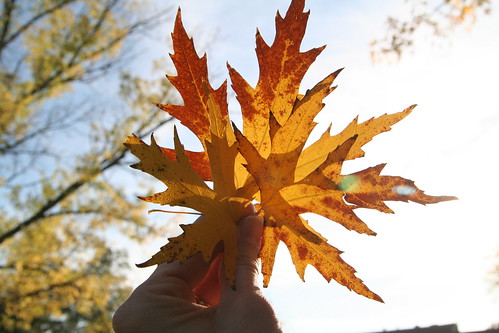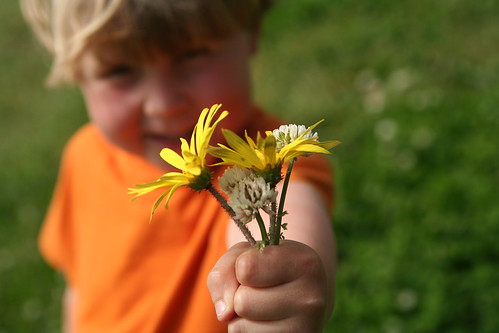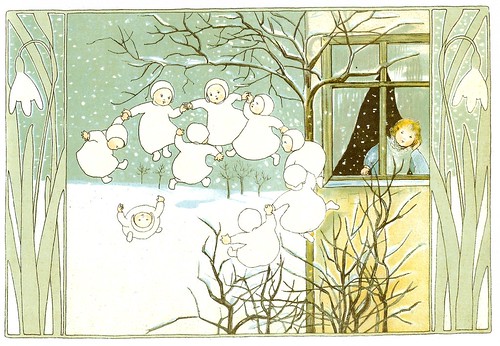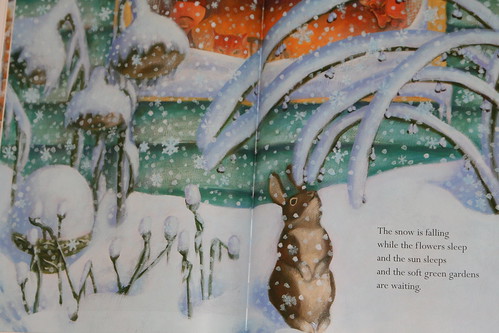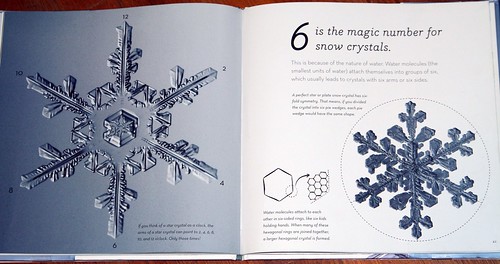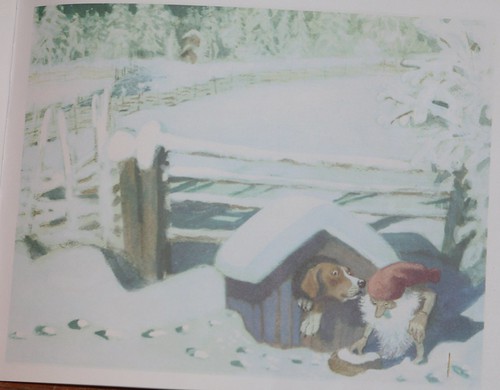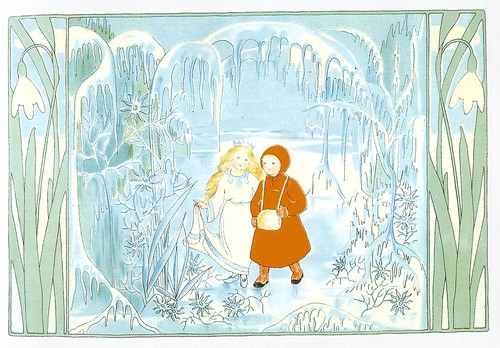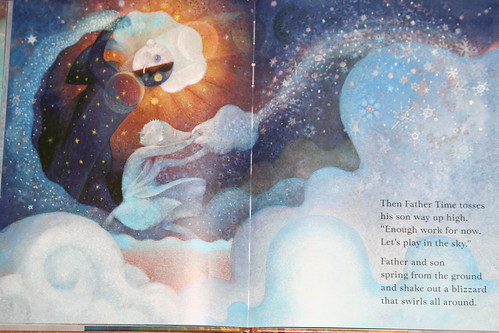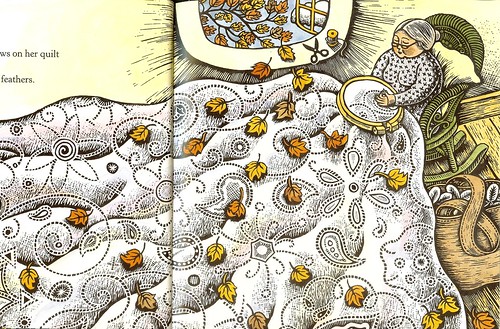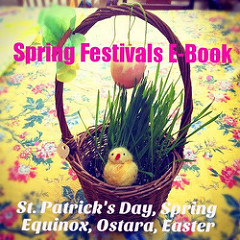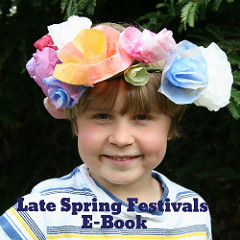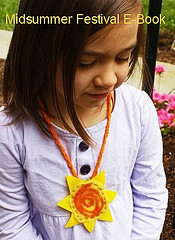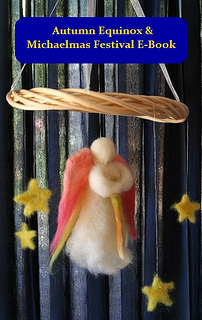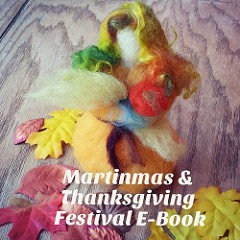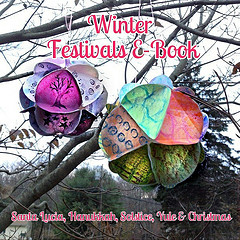Seven Days of Increasing Kindness
“Kind hearts are the gardens, Kind thoughts are the roots, Kind words are the flowers, Kind deeds are the fruits, Take care of your garden And keep out the weeds, Fill it with sunshine, Kind words and kind deeds.” —Henry Wadsworth Longfellow
Do you ever get crabby or short-tempered? I do. Sometimes I have to work hard to be my best self. Kindness in everyday interactions makes pretty much every situation better. We can make kindness even more reflexive by taking some time to work on it.
Day 1: Set Your Intention
“Constant kindness can accomplish much. As the sun makes ice melt, kindness causes misunderstanding, mistrust, and hostility to evaporate.” —Albert Schweitzer
First, you have to want to embrace kindness. Maybe kindness is already part of your spiritual beliefs or religious practice. Or perhaps no one has ever put it to you that living virtuously is largely a matter of being kind to others. If you’re ready to embark on this little seven-day experiment, sit for a moment with yourself and commit to it. Over the course of this week, you will endeavor to keep kindness in the forefront of your mind. You will do your best to notice kindness, engage in it, share it with others, and give thanks for it. Read ahead on this first day, if you wish. Know what you’re getting into. Really, you do this stuff already, so relax and set your intention. Making a mindful practice of kindness will be simple and rewarding.
Day 2: Plan Your Kindness
“My religion is very simple. My religion is kindness.” —Dalai Lama
Just as you write out the week’s grocery list or daily tasks, you can plan kindness into your life. I believe you already do this, but you’re perhaps not aware of it. Every time you agree to pick up your girlfriend’s kids from school, take your Mom to tea, pack your child’s lunch, or iron a shirt you are being kind. Those everyday kindnesses are wonderful and important. Chances are, they shape your days. With just a little more mindfulness, however, you can plan something extra—some out-of-the-ordinary kindness—into your week that could really mean the world to someone. So get out your calendar. What things have you been meaning to do lately? Who has been in your thoughts or your dreams? What can you say or do to touch their lives this week?
Day 3: Think Kind Thoughts
“Kindness in words creates confidence. Kindness in thinking creates profoundness. Kindness in giving creates love.” —Lao Tzu
Think for a few minutes today about your family members and pay attention to all the things you appreciate about them. Overlook failings or hurts and focus on the good stuff. What do you wish for these beloveds today, this week, or this year? What good do you hope for them? Now expand your kind thoughts to include friends, coworkers, students, acquaintances, etc. Think of the people who are facing challenges, ill health, or difficult change. Imagine all the kind things you would like to say to them or do to help them. Think about the wonderful communities to which you belong. This next part is harder: Think of people you usually do not like or with whom you have difficulty getting along. Think kind thoughts about them; find something you appreciate in the situation. There’s always something. You’ll find it.
Day 4: Say Kind Words
“Kind words do not cost much. Yet they accomplish much.” —Blaise Pascal
Some days pass by without our paying much attention to what we say, especially when we are busy. We show our love and concern for others (or lack of it) in our choice of words and our tone of voice. All people deserve respectful, kind words. You might be surprised to observe you’re always polite to the restaurant server, but sometimes are snappish or dismissive to those you love most in the world. Take a deep breath and allow the kindness of your heart to ride forth on your words. Here are some ideas for cultivating kindness in what you say: Greet your family after sleeping or an absence. Smile. Tell them how happy you are to be with them again. Call a friend or elderly person on the phone. Say that you were thinking of them and wanted to hear their voice. Ask them how they are. Give compliments as often as possible. Write a letter or an email. A handwritten letter these days can have a tremendous impact, so take out your stationary and write. Show your appreciation for the help you receive by saying thank you. You’ll melt when you see your child’s smile after you say those blessed words.
Day 5: Do Kind Deeds
“The best portion of a good man’s life is his little, nameless, unremembered acts of kindness and of love.” —William Wordsworth
This one is easy. You do kind deeds every day! And now that you’ve been thinking a lot about kindness you probably have many new ideas of kind things you can do for others. Pay for someone’s food or toll. Help someone with a chore. Make a favorite meal. Volunteer. Teach someone something they need to know. Save someone some time or effort by taking on a task and lightening their load. Share what you have with someone who has none. Give a gentle, healing touch or a hug. Make something especially for someone, personalizing it and pouring your kindness into the gift. The possibilities are endless, and the joy that results from kind deeds is sublime.
Day 6: Make Kind Wishes
“If you want a love message to be heard, it has got to be sent out. To keep a lamp burning, we have to keep putting oil in it.” —Mother Teresa
You may be accustomed to meditation or prayer in which you send out your love to others. You may already say blessings at mealtimes that express your care and concern for humanity and the health of our planet. This is your kindness spreading to all beings, to all corners of the earth. Even if this feels alien or uncomfortable, try it. Think of all the good you’d like to exist in the world: peace, sufficient food and resources, sustainable living, the end of human rights abuses, the end of horrible violence and murder, love and support for the world’s children, education for all. Wish it for all our sakes. Let your kindness radiate from your heart into the universe. Let your kindness waft on the breeze to all beings everywhere.
Day 7: Reflect on Kindness
“How far you go in life depends on your being tender with the young, compassionate with the aged, sympathetic with the striving and tolerant of the weak and strong. Because someday in your life you will have been all of these.” —George Washington Carver
You are here because of the kindness of others. In your life, you have received a million small acts of kindness, gifts, boons, words of encouragement, and good wishes. Adopting a reflective attitude about this can lead to a deep sense of gratitude. When you truly appreciate the gifts of your life, you will give to others in turn with intention and generosity. So, make a list. Take a few minutes and start writing down the names of people who have been kind to you. You will most likely immediately write the names of your partner, your parents, and your children. After you get through all of the obvious ones, you will expand your awareness of all the people who do or say kind things for you: your boss, your coworkers, your child’s teacher, your grocery clerk, the librarian at your elementary school when you were a child. Before long, you’ll have a list of names a mile long. Now, don’t you feel supported and cherished? How have you benefited from these kindnesses? I’m sure that’s a long list, too.
Finally, reflect on your week of increasing kindness and know that others noticed and benefited. You touched lives with your many kindnesses. How do you feel? Now notice how you yourself have benefited from your kindness experiment. Know also that you have modeled a beautiful way of being to your children and others.
“A single act of kindness throws out roots in all directions, and the roots spring up and make new trees. The greatest work that kindness does to others is that it makes them kind themselves.” —Amelia Earhart
